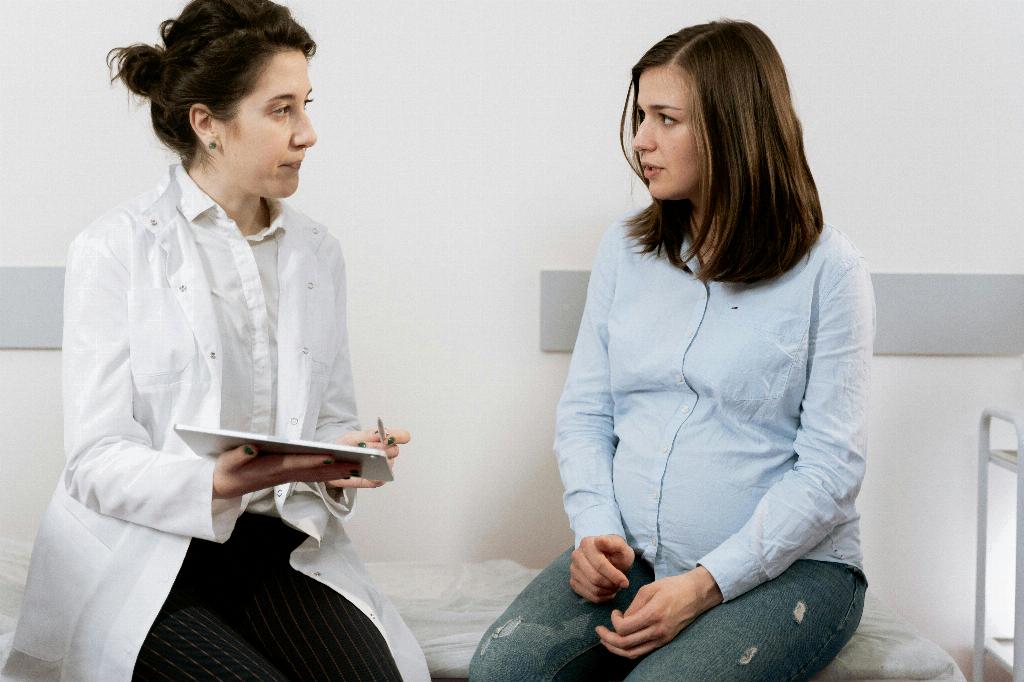After undergoing a Cesarean section (C-section) procedure, some women might notice a residual pooch or bulge in the lower abdominal area commonly referred to as a C-section shelf. This can be a source of frustration for many individuals as they strive to reclaim their pre-pregnancy bodies. In such cases, the question arises: Can exercise alone effectively eliminate the C-section shelf?
The Impact of Exercise on the C-section Shelf
Regular physical activity, including targeted exercises that focus on the abdominal muscles, can certainly play a role in toning the area surrounding the C-section scar. Engaging in strength training exercises for the core such as planks, crunches, and pelvic tilts can help enhance muscle tone and definition in the lower abdomen.
The Reality of C-section Shelf Reduction
While exercise can contribute to strengthening and toning the abdominal muscles, it is essential to manage expectations when it comes to completely “getting rid of” the C-section shelf. The presence of the C-section shelf is not solely a result of excess fat deposition but also involves changes in the connective tissue and muscle structure post-surgery.
The Role of Diet in C-section Shelf Reduction
Optimizing your diet to support your fitness goals can significantly aid in reducing overall body fat, which may help in minimizing the appearance of the C-section shelf. A balanced diet rich in lean proteins, healthy fats, and fiber combined with regular exercise can promote a healthy body composition.
Non-surgical Options for C-section Shelf Improvement
For some individuals, non-surgical treatments such as radiofrequency therapy or laser treatments may offer additional options for addressing the C-section shelf. These procedures can promote collagen production, enhancing skin elasticity and potentially reducing the prominence of the shelf.
Considering Surgical Interventions
While exercise and non-invasive treatments can provide benefits in improving the appearance of the C-section shelf, it is crucial to acknowledge that surgical options such as tummy tucks or liposuction offer more immediate and dramatic results for individuals seeking a significant reduction in the shelf.
Consulting with Healthcare Professionals
Prior to embarking on any regimen to address the C-section shelf, it is advisable to consult with healthcare professionals, including fitness trainers, nutritionists, and plastic surgeons. These experts can offer personalized guidance based on your unique circumstances and goals.
Combining Strategies for Optimal Results
For individuals aiming to address the C-section shelf, a multifaceted approach that combines targeted exercises, healthy eating habits, and potentially non-surgical or surgical interventions may yield the most comprehensive and satisfactory results.
Setting Realistic Expectations
It is essential to set realistic expectations regarding the outcomes of any efforts to reduce the C-section shelf. Embracing body positivity and focusing on overall health and well-being can be integral in maintaining a positive body image throughout the journey.
Embracing Self-care and Self-love
Regardless of the method chosen to address the C-section shelf, prioritizing self-care and self-love is paramount. Celebrating the body’s strength and resilience in carrying and birthing a child can foster a sense of empowerment and confidence in one’s unique postpartum journey.
Final Thoughts on C-section Shelf and Exercise
In conclusion, while exercise can contribute to strengthening the abdominal muscles and improving overall body composition, completely eliminating the C-section shelf may require a multifaceted approach. By combining targeted exercises, dietary modifications, and potentially non-surgical or surgical interventions, individuals can work towards achieving their desired aesthetic goals while prioritizing their health and well-being.

